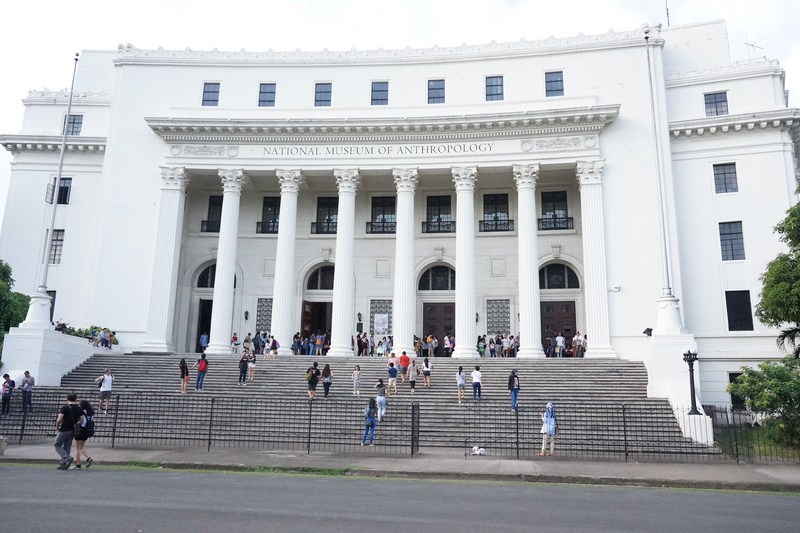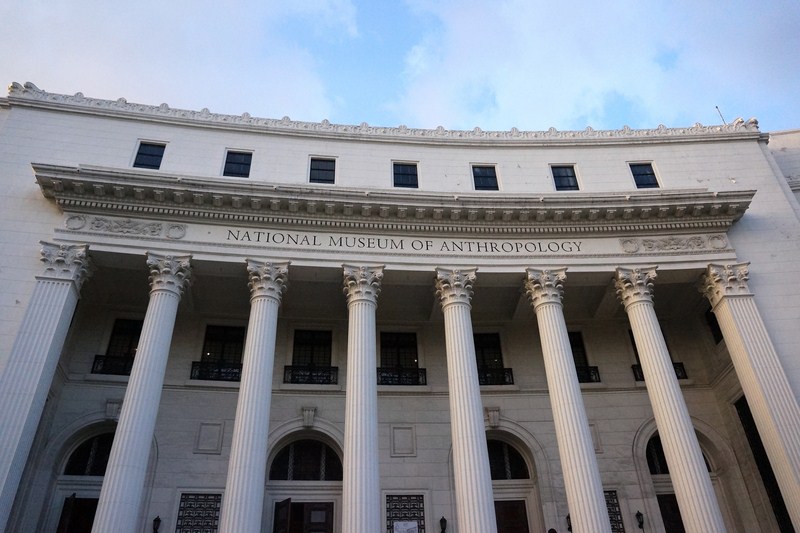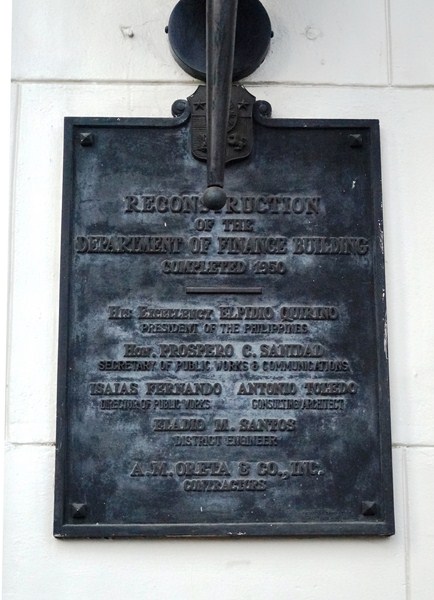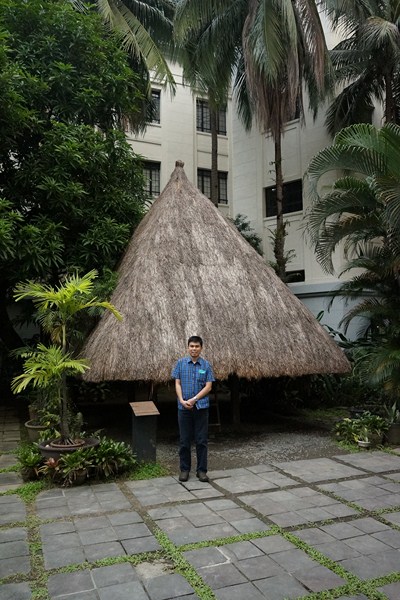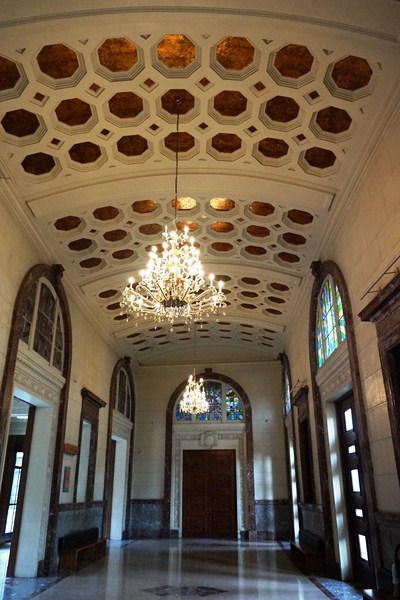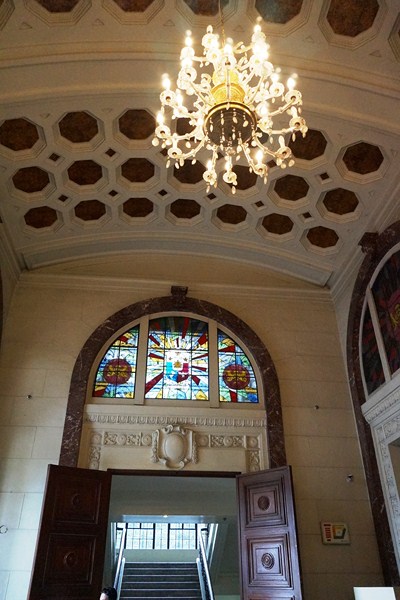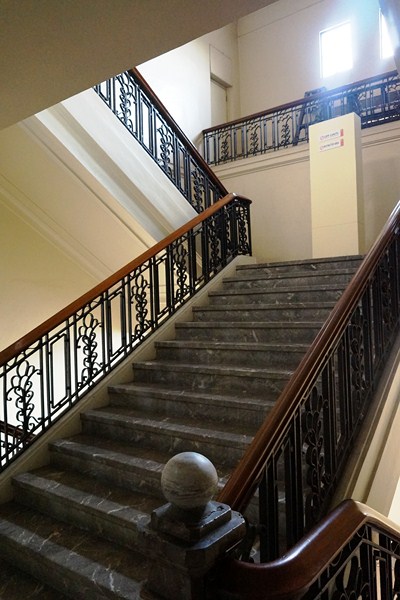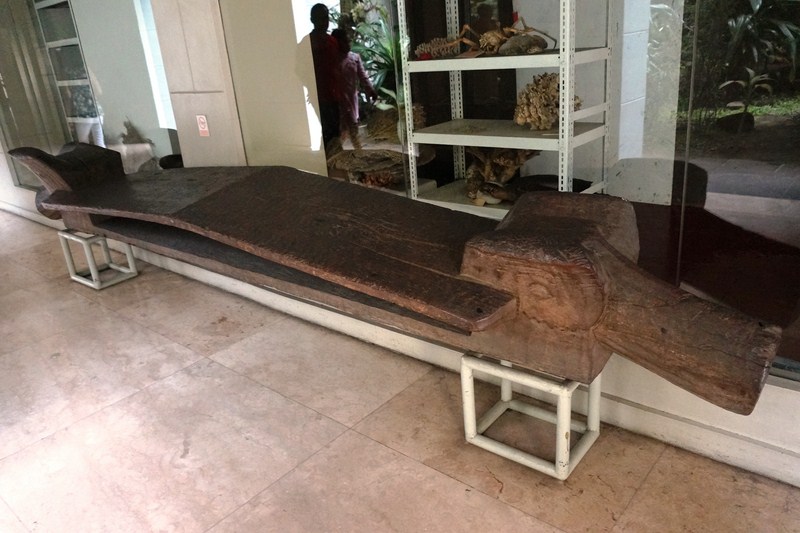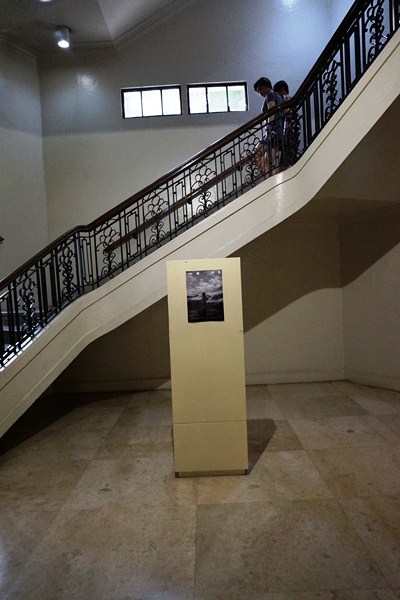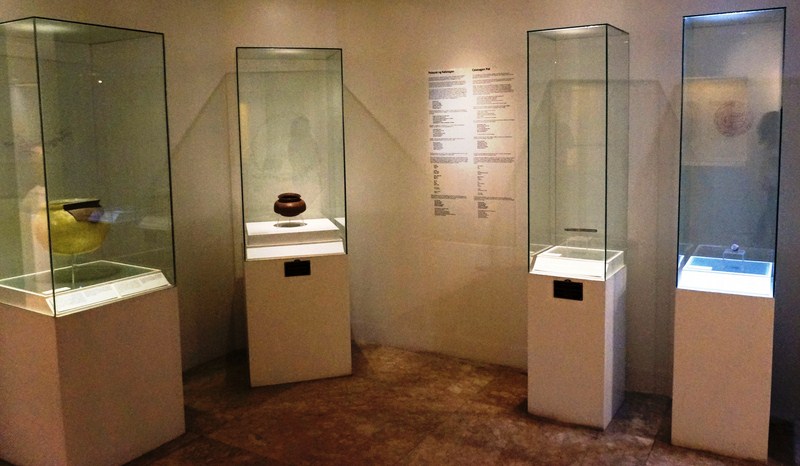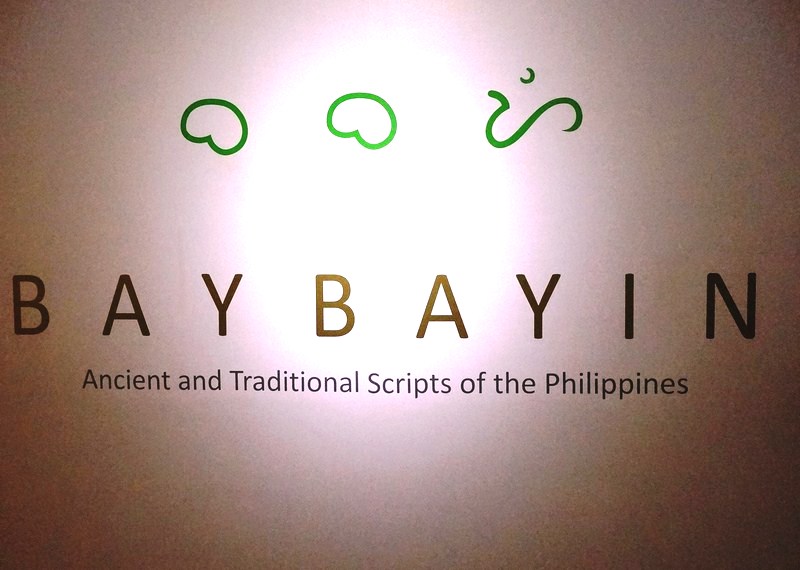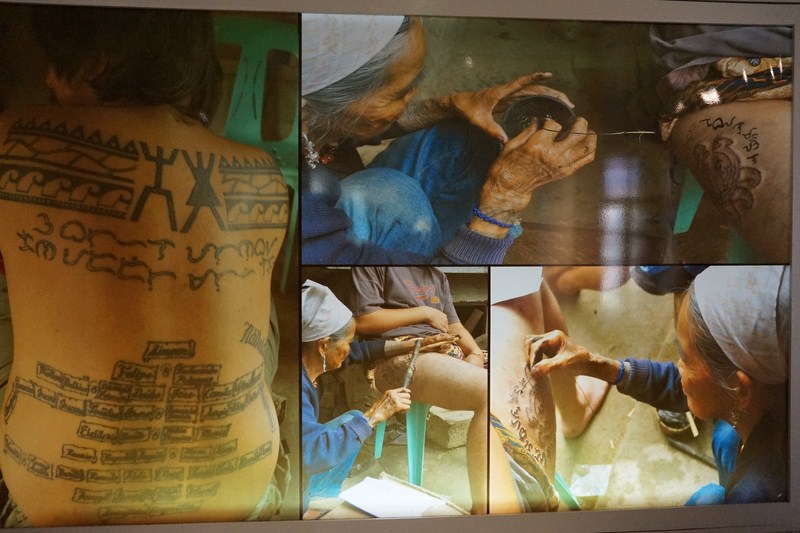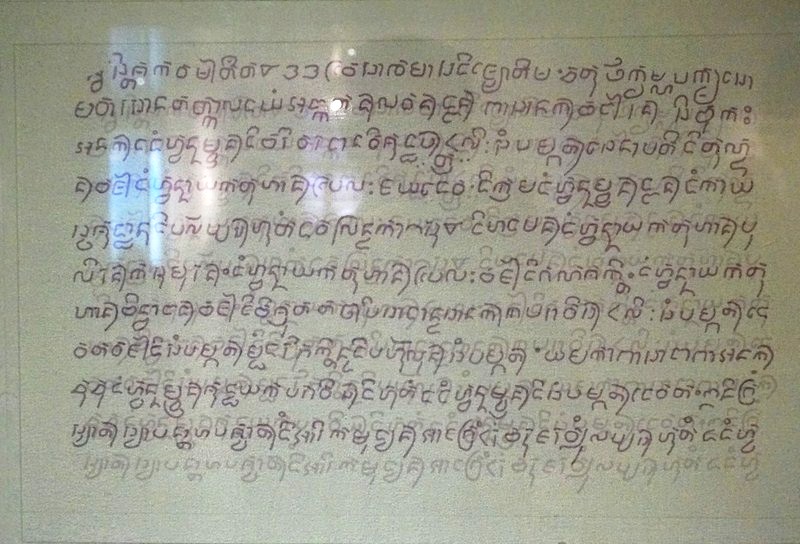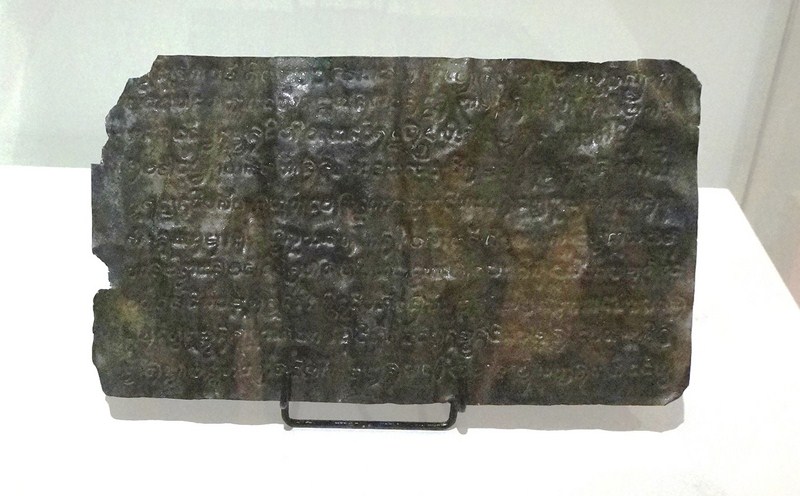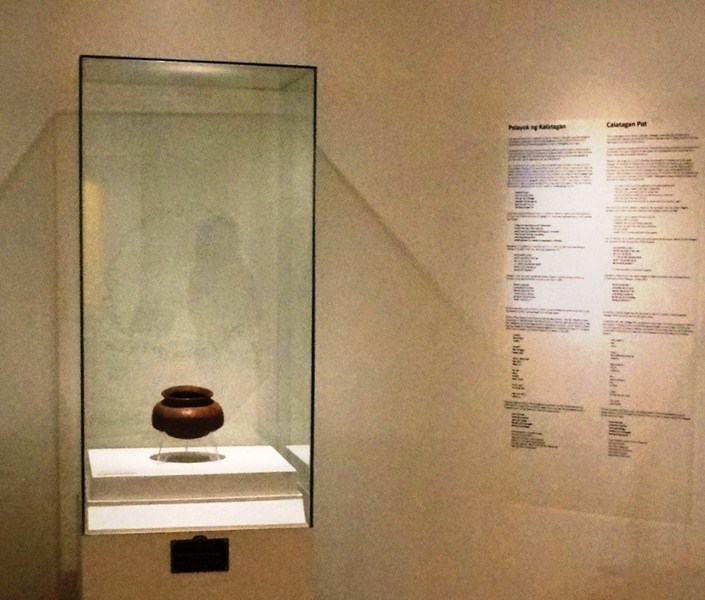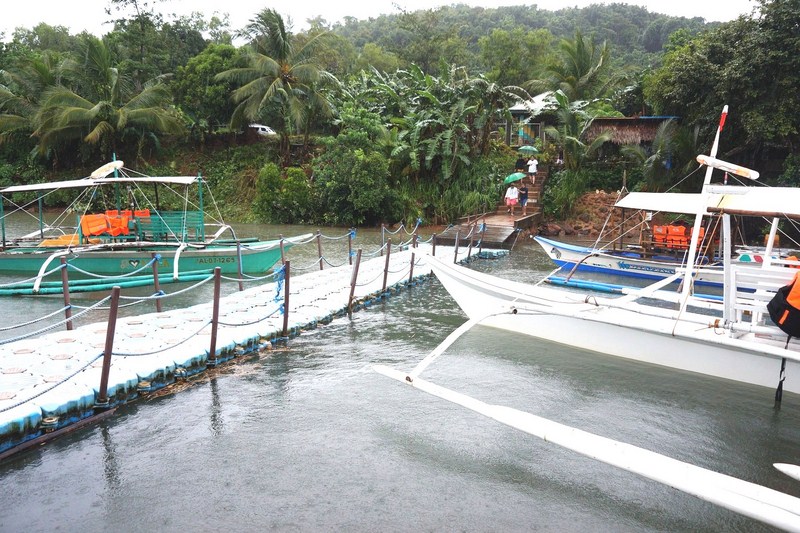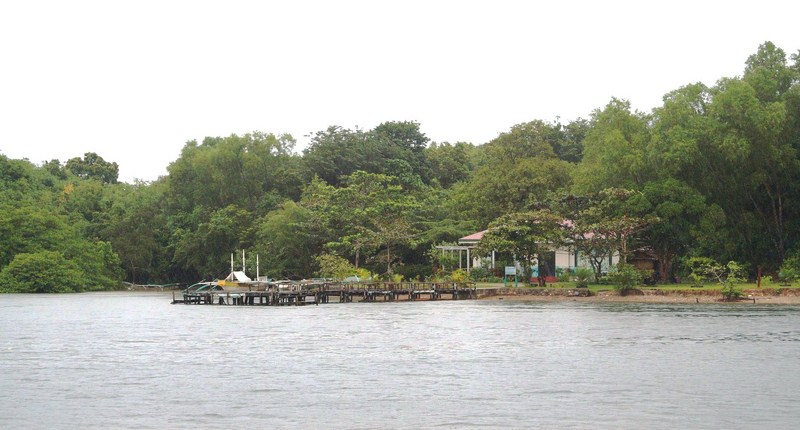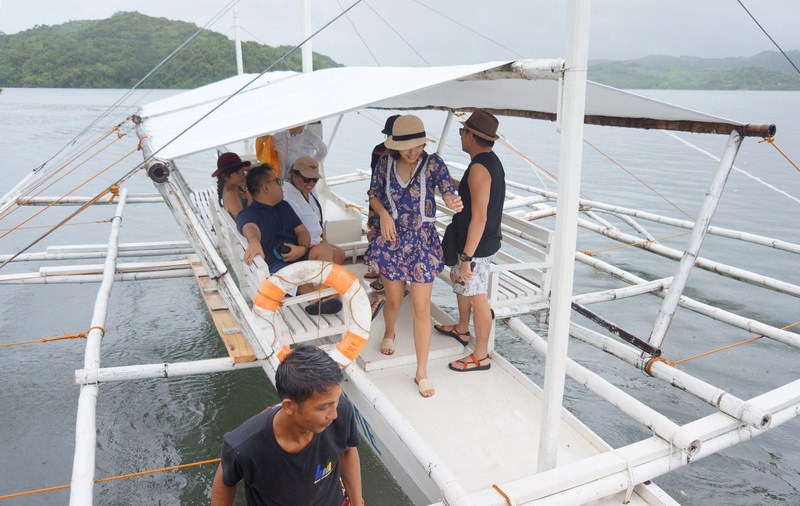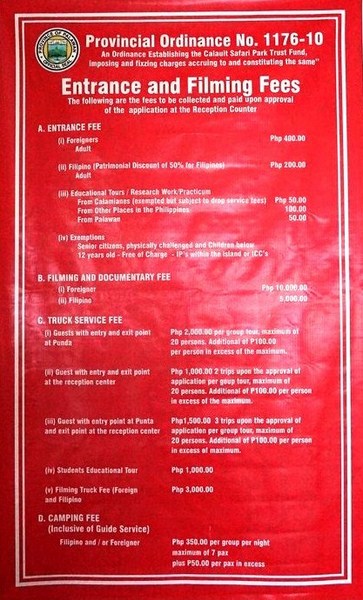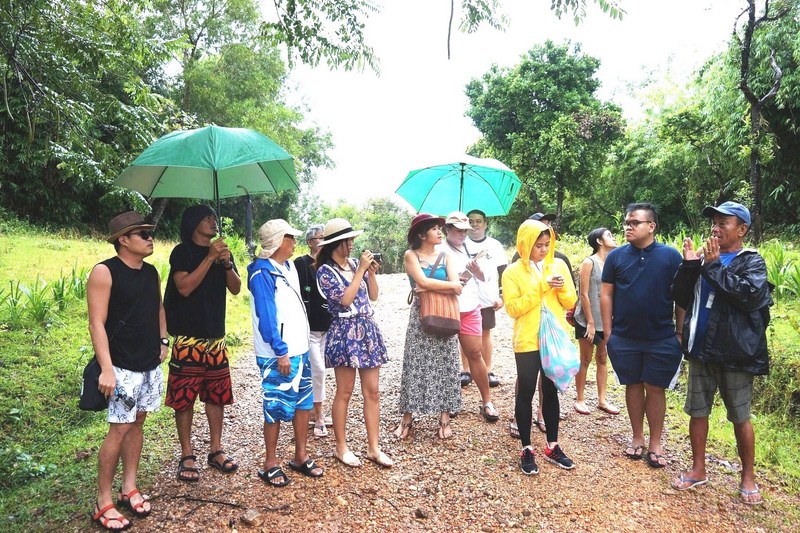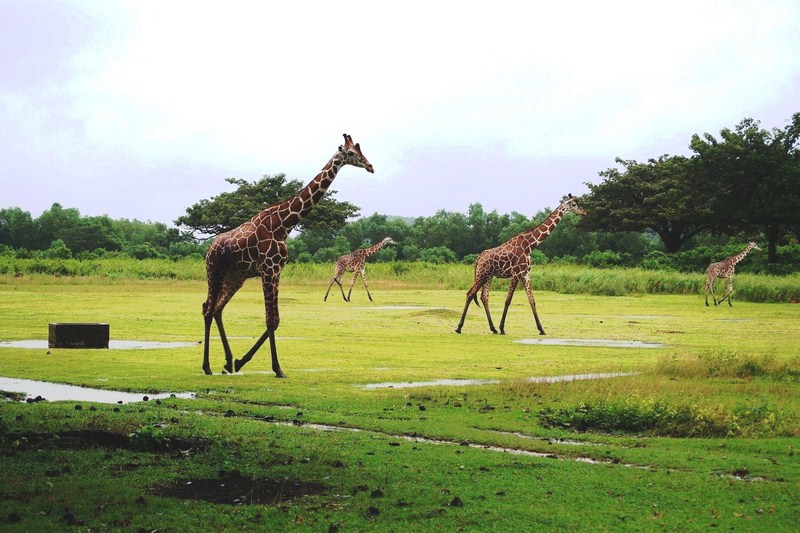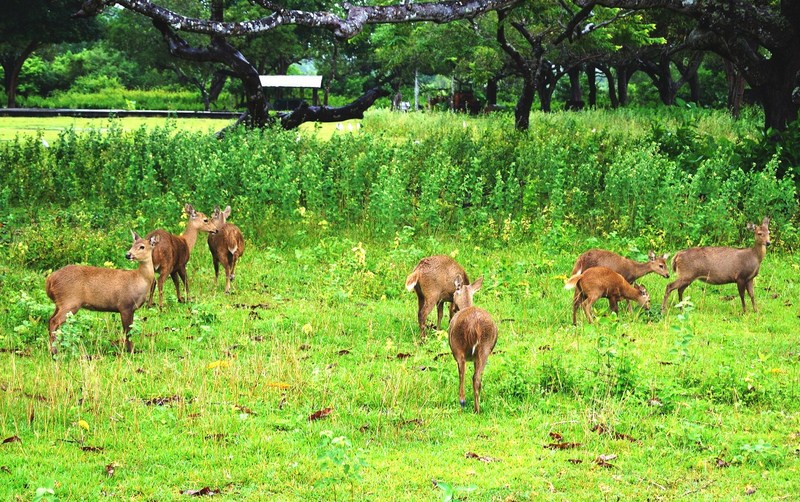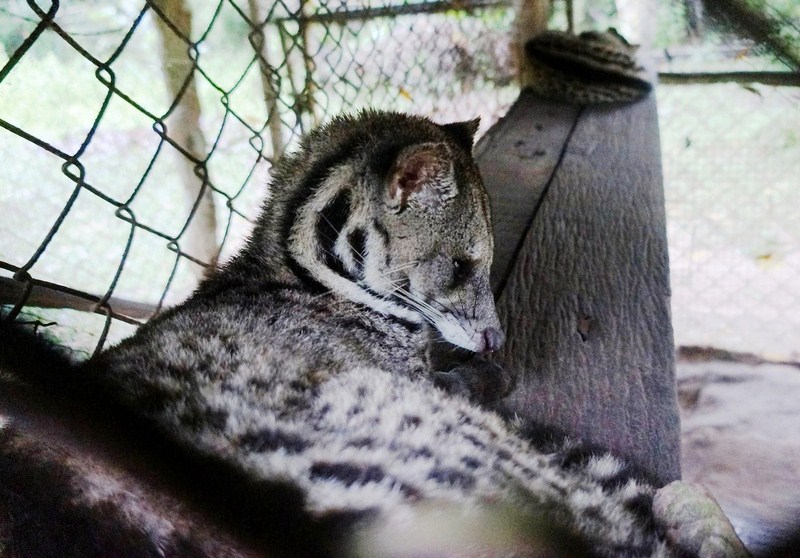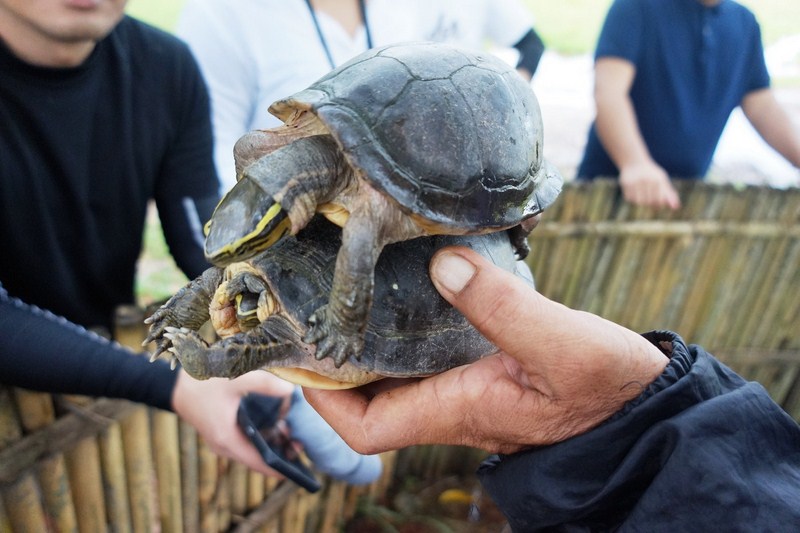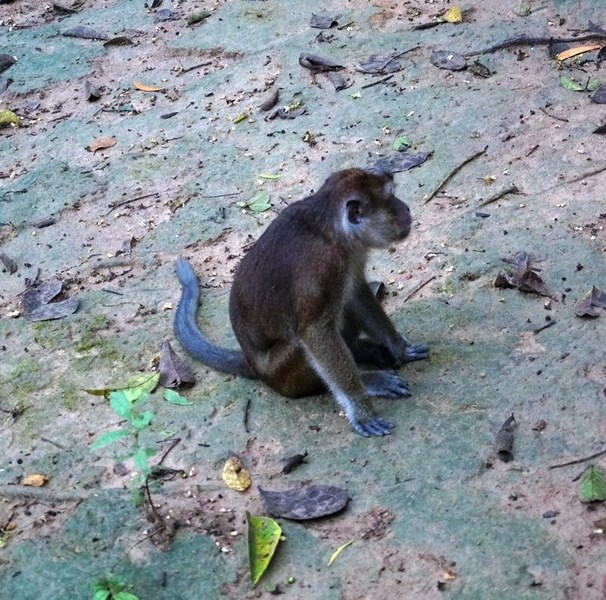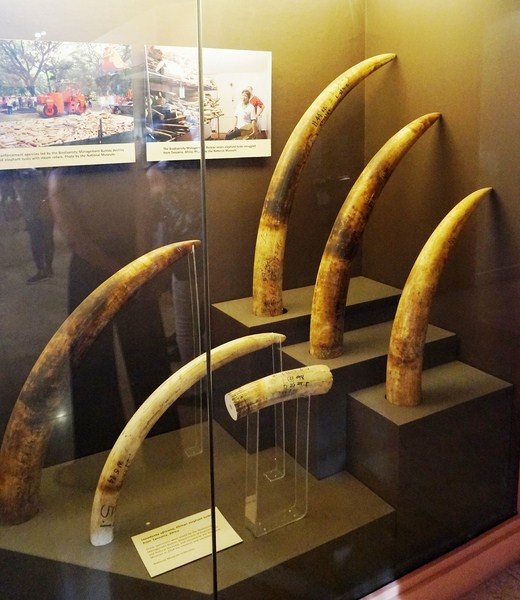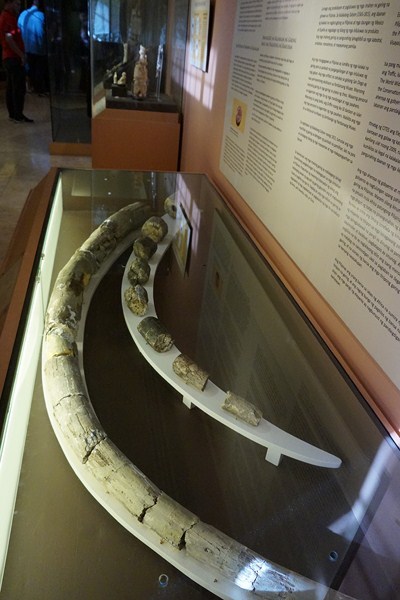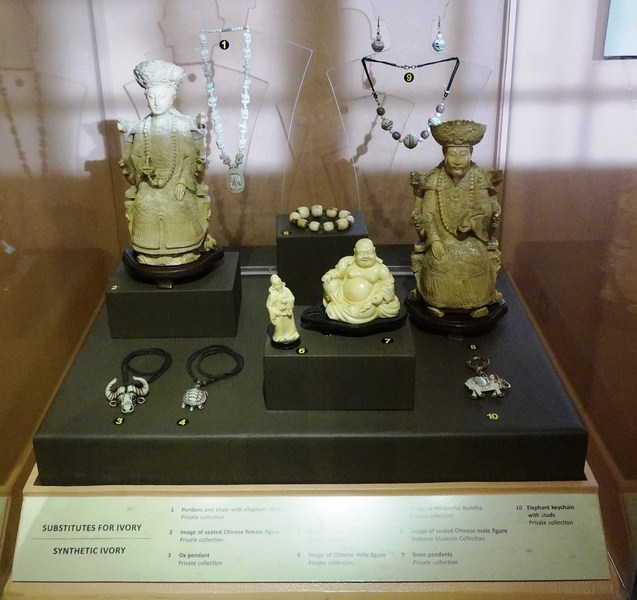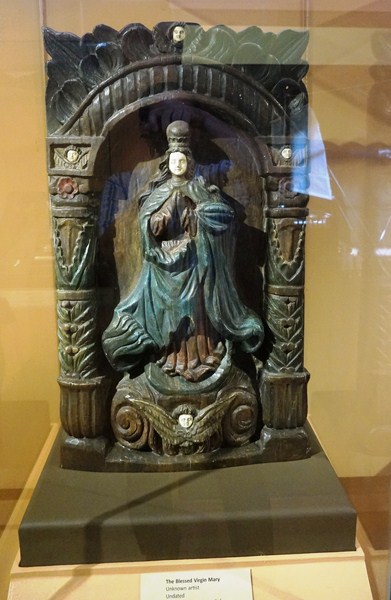I first visited the National Museum of Anthropology (Filipino: Pambansang Museo ng Antropolohiya), a component museum of the National Museum of the Philippines, when it was formerly known as the Museum of the Filipino People (Filipino: Museo ng Lahing Filipino) in March 2002. Fifteen years later, I brought now along my whole family to see its Ethnological and Archaeological exhibitions.
Check out “Museum of the Filipino People”
Housed in the impressive, Neo-Classic-influenced, 5-storey former Department of Commerce and Department of Finance Building, this museum was the second building pledged (1990s) to the National Museum. As a cultural center, it takes the lead in the study and preservation of the nation’s rich artistic, historical and cultural heritage in the reconstruction and rebuilding of our nation’s past.
Built in 1940 on the same Federal architectural style concept of American architect and Manila and Baguio City planner Daniel H. Burnham, its construction was implemented by Arch. Antonio Toledo of the Bureau of Public Works who was responsible for the construction of Manila government structures (including the Manila City Hall, Bureau of Customs and Department of Tourism Building) under the American colonial regime.
When World War II broke out on December 7, 1941, the building was barely finished and, during the Liberation of Manila, the building, because of its strategic location, became a Japanese stronghold that was intensely bombarded by the Americans. On March 3, 1945, its recapture actually marked the end of the Battle of Manila.
After the war, the trapezoidal building was rebuilt by the company of A.M. Oreta and, during the centennial celebration of Philippine independence half a century later, the building was refurbished and inaugurated to house the Museum of the Filipino People. At the open courtyard is an actual Ifugao House (Fhaley Ad Henenga) from Mayoyao presented by Petron Corporation.
Since the creation of the National Museum of the Philippines, the Anthropology Division has started collecting ethnographic artifacts. Anthropologist Dr. Henry Otley Beyer began collecting cultural materials from the different peoples of the Philippines ranging from baskets, weapons, textiles, and wooden objects to various religious, economic and agricultural tools and implements, musical instruments and personal ornaments and adornments. During the World War II, these artifacts were distributed to friends and colleagues for safekeeping and, several years after the war, Dr. Beyer began to retrieve all these materials, finding most to be intact and in good condition except for some that were badly damaged.
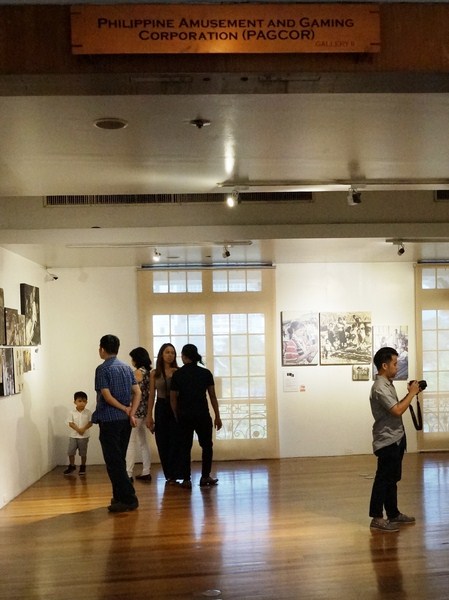
My family (at extreme left, L-R: Kyle, Jandy, Grace, Cheska and Bryan) at one of the exhibition galleries
Ground Floor
- Office of the Exhibition, Editorial, and Media Production Services Division
- Office of the Museum Foundation of the Philippines
- Office of the Archaeology Division
- Office of the Ethnology Division
- Office of the Maritime and Underwater Cultural Heritage Division
- National Museum Library
Second Floor
- Marble Hall- serves as the lobby of the museum
- The San Diego: A Homecoming Exhibit
- Garing: The Philippines at the Crossroads of Ivory Trade
Third Floor
- Lantaka: Of War and Peace – inaugurated in 2015
- Manlilikha ng Bayan Hall (National Living Treasure) – inaugurated last June 1, 2016
- Lumad: Mindanao – inaugurated last December 12, 2015
- Faith, Tradition and Place: Bangsamoro Art from the National Ethnographic Collection – inaugurated last October 2014
- Kaban ng Lahi (Archaeological Treasures)
NOTE: On October 20, 2018, just about a year after my visit, the “Biyay: Traditional Ecological Knowledge among Philippine Negrito Communities” exhibit was opened in the third floor, the first exhibition, of this scale and depth, on the Negritos, the least understood Philippine ethnolinguistic group. Biyay is the Ayta term for “life.”
Fourth Floor
- Reception Hall (Changing Gallery)
- Rice, Biodiversity and Climate Change – inaugurated last December 17, 2013
- Hibla ng Lahing Filipino: The Artistry of Philippine Textiles – inaugurated last May 18, 2012
- Baybayin: Ancient and Traditional Scripts of the Philippines – inaugurated in 2013
- Entwined Spheres: Mats and Baskets as Containers, Costumes and Conveyors – inaugurated in 2017
- Office of the Museum Services Division
Fifth Floor
- National Ethnographic Collection Repositories
Through the years, the ethnographic collection of the Anthropology Division continues to be augmented through field collection, purchase and donation. Presently, there are about ten thousand specimens on display in 15 galleries and in storage.
Check out “The San Diego: A Homecoming Exhibit,” “Garing: The Philippines at the Crossroads of Ivory Trade,” “Manlilikha ng Bayan Hall (National Living Treasure),” “Lumad: Mindanao,” “Faith, Tradition and Place: Bangsamoro Art from the National Ethnographic Collection,” “Kaban ng Lahi: Archaeological Treasures,” “Rice, Biodiversity and Climate Change,” “Hibla ng Lahing Filipino: The Artistry of Philippine Textiles,” “Baybayin: Ancient and Traditional Scripts of the Philippines,”“Lantaka: Of War and Peace,” “Entwined Spheres: Mats and Baskets as Containers, Costumes and Conveyors.”
The ethnographic collection, systematically arranged according to groups and classified in terms of functions, is kept in storage where the temperature of the room is maintained through a 24-hour airconditioning system that helps preserve the physical condition of the specimens, and prolongs the lifespan of the specimens. Textile specimens are stored inside cabinets with series of drawers while wooden objects, baskets, ceramic and metal crafts are wrapped in acid-free paper, and stored in steel cabinets with series of panels.
National Museum of Anthropology: Agrifina Circle (or Teodoro Valencia Circle, adjacent to the National Museum of Fine Arts building),Padre Burgos Drive, Rizal Park, Ermita, Manila. Tel: (02) 8528-4912 (02) 8527-1232 (Ethnology Division) and (02) 8527-0278. E-mail: nationalmuseumph@gmail.com and nationalmuseumph.anthropology@gmail.com. Open Tuesdays to Sundays, 10 AM – 5 PM. Admission is free.

